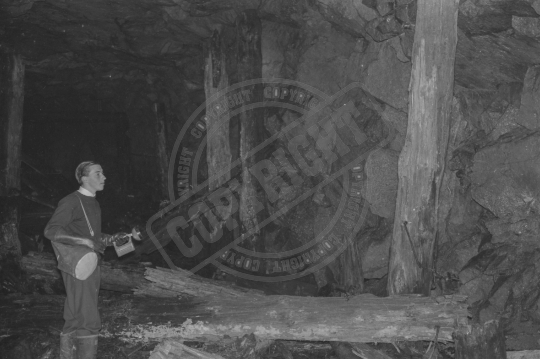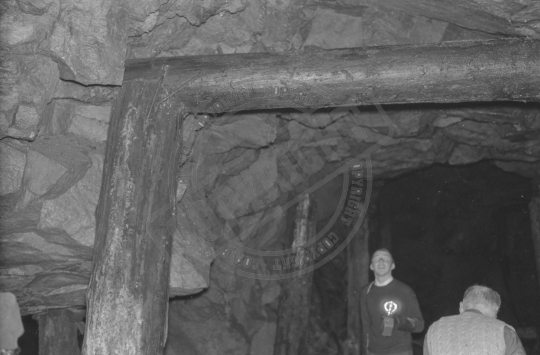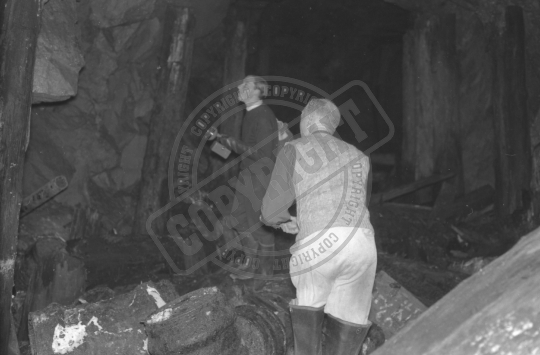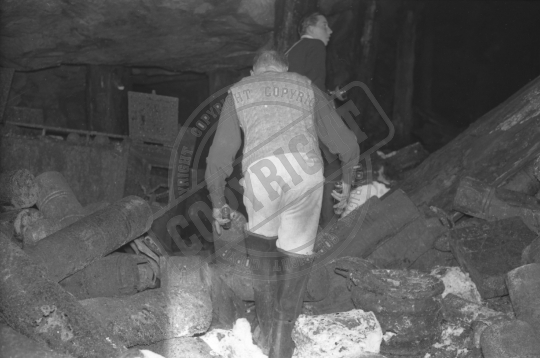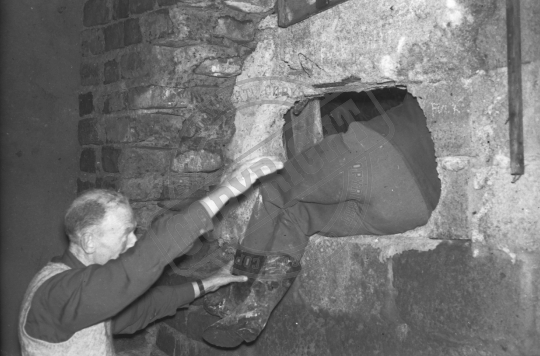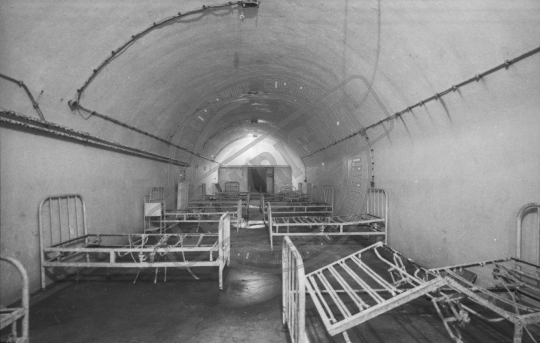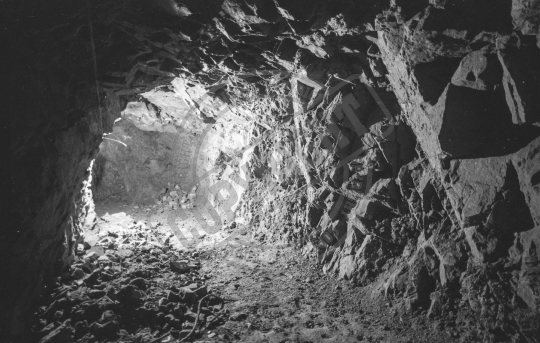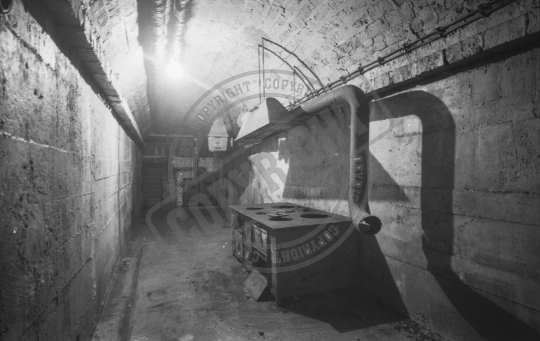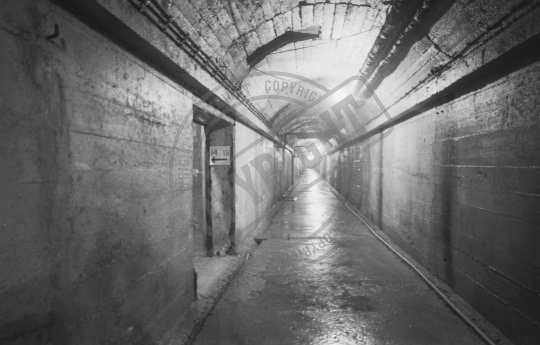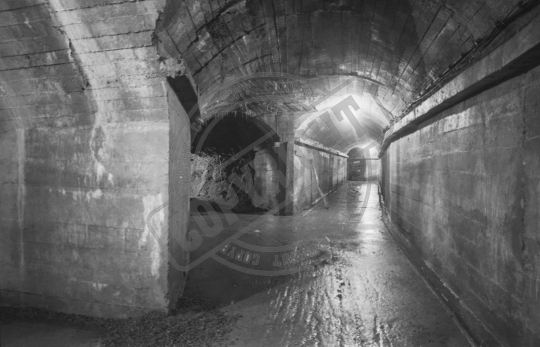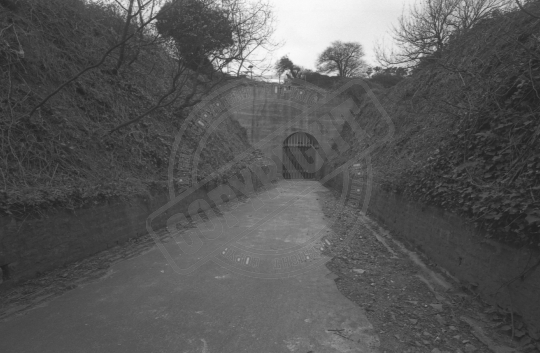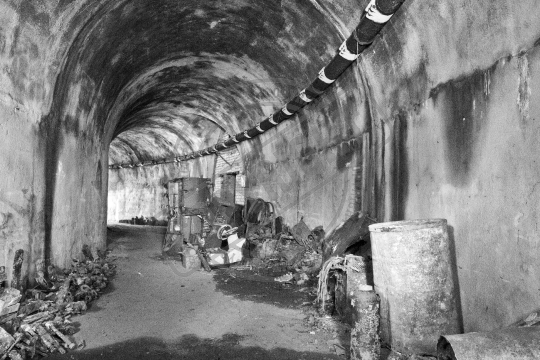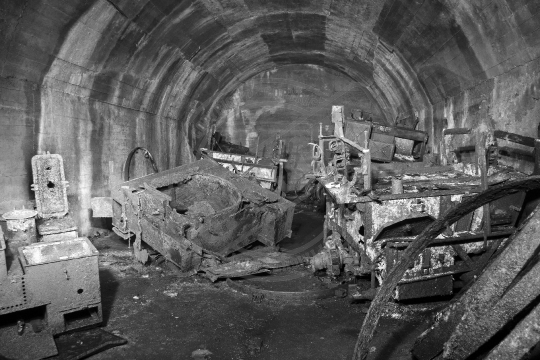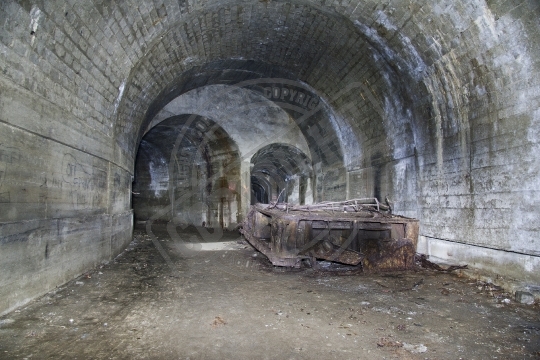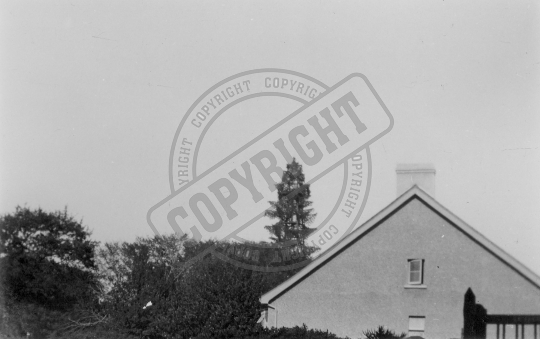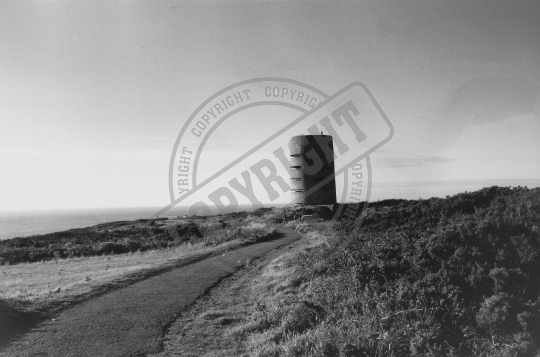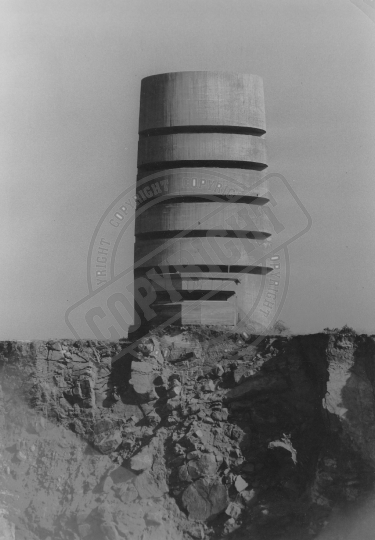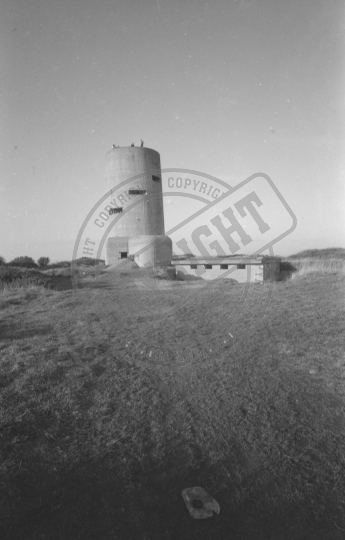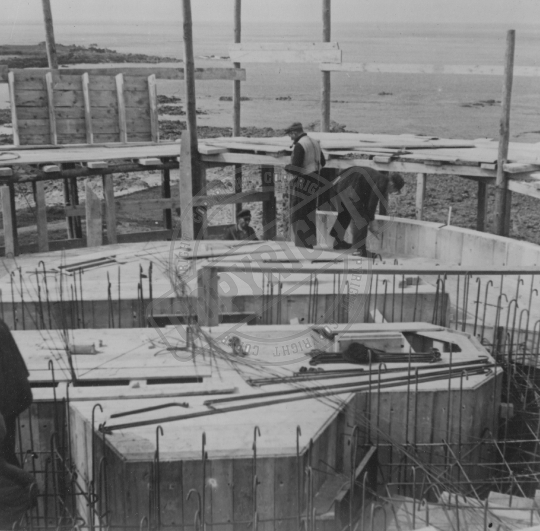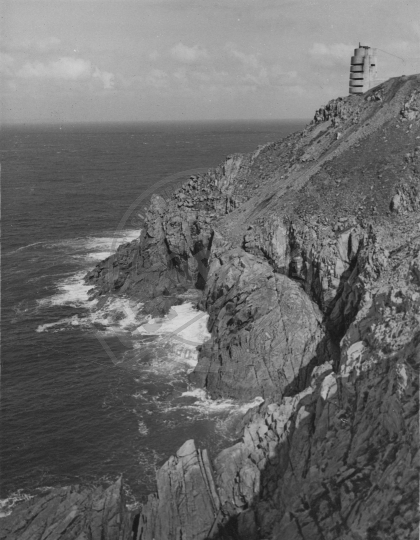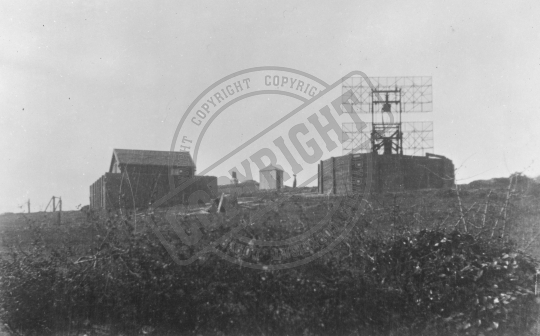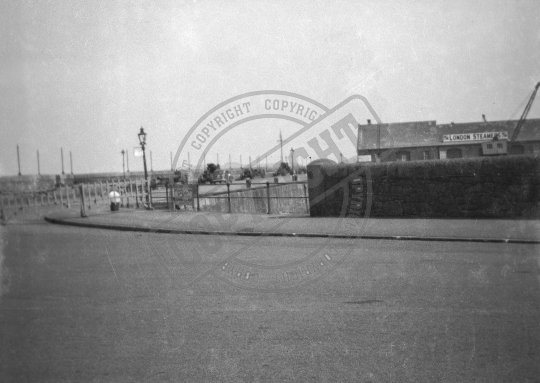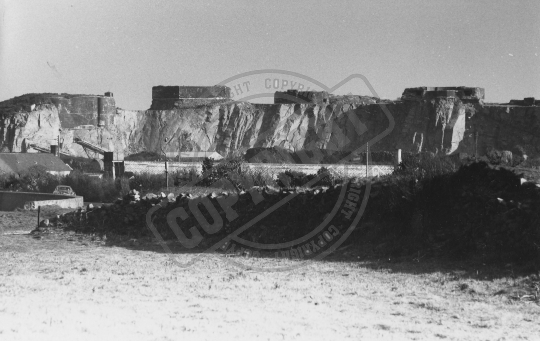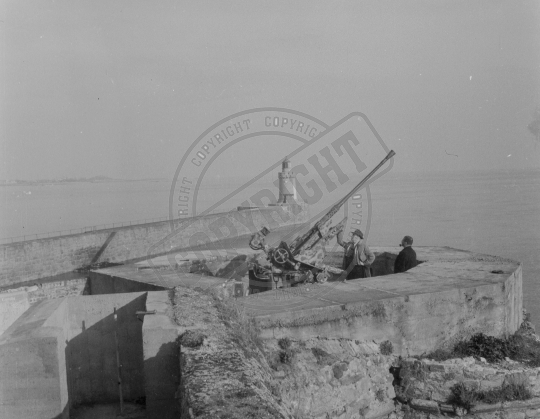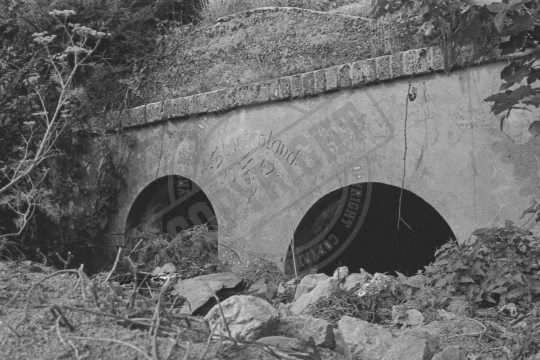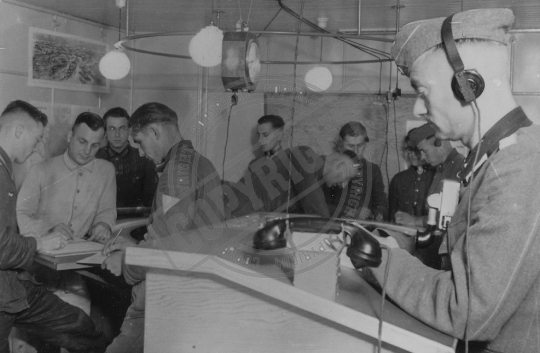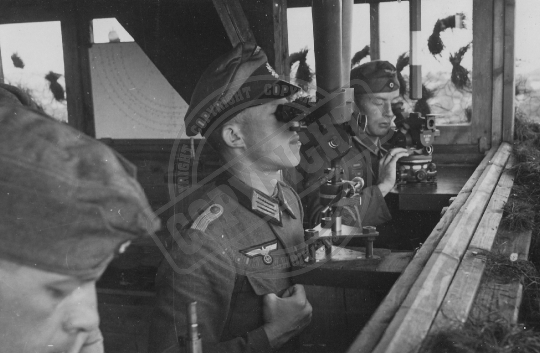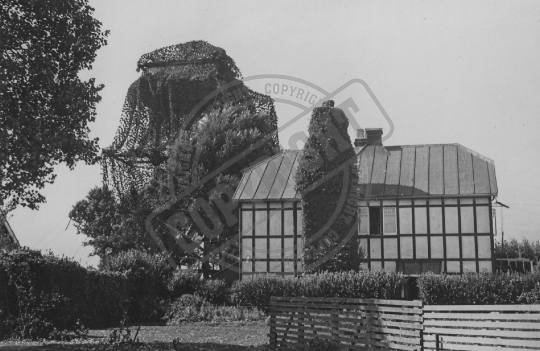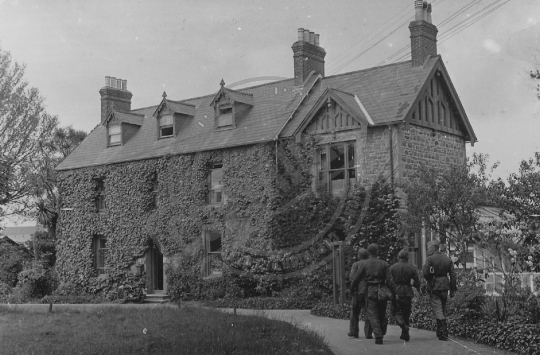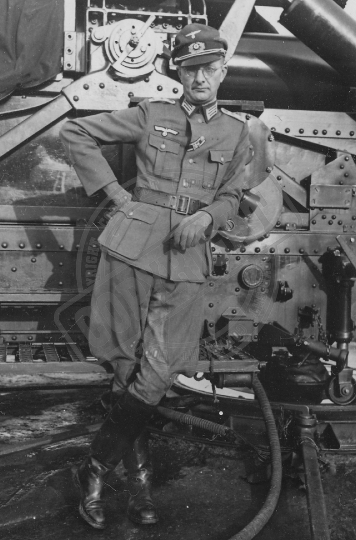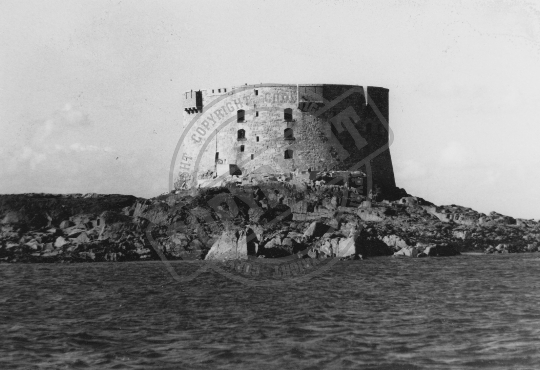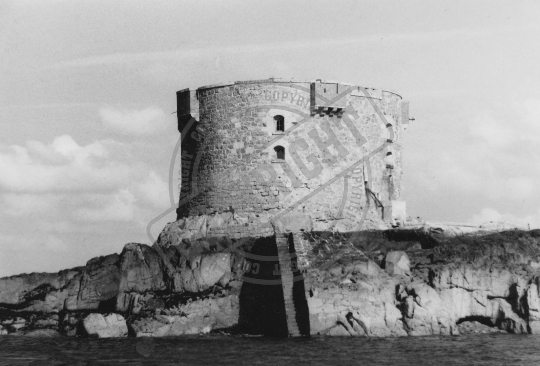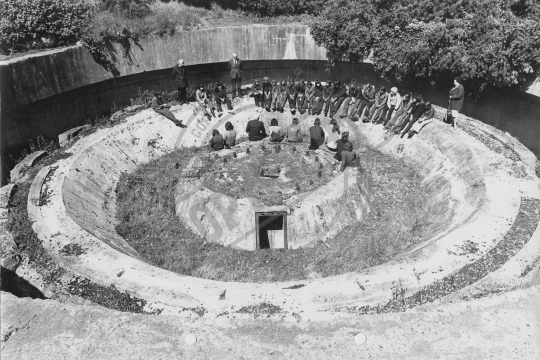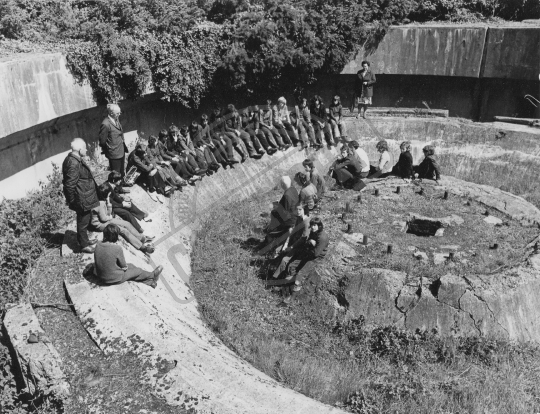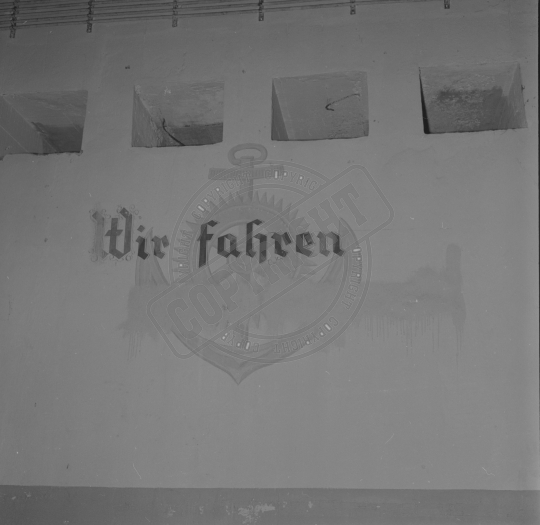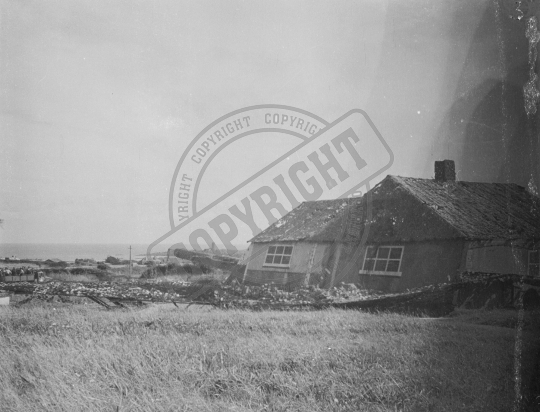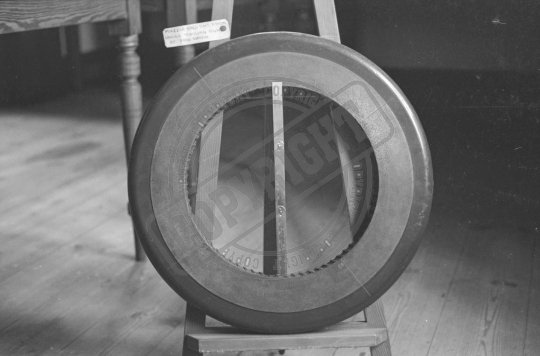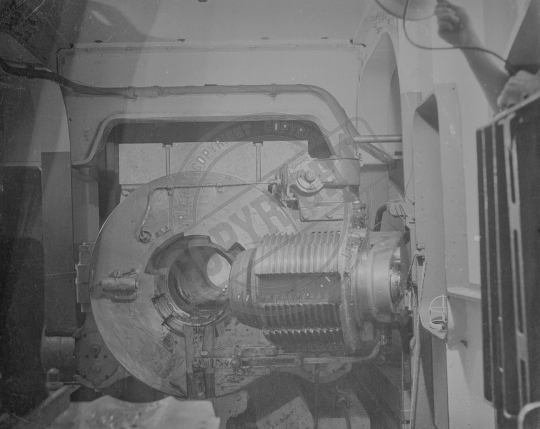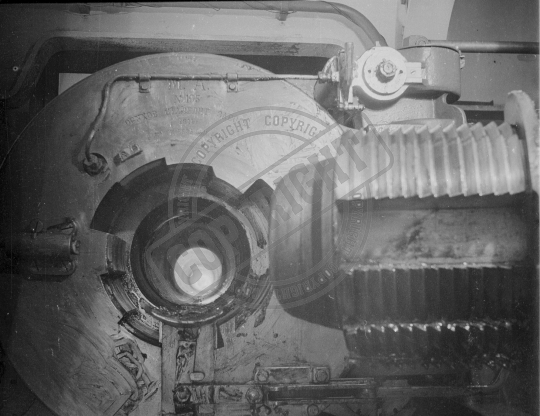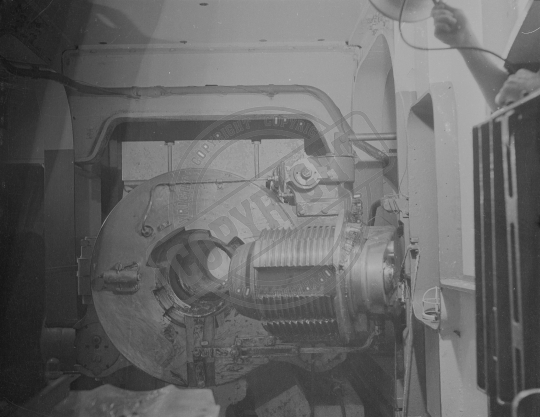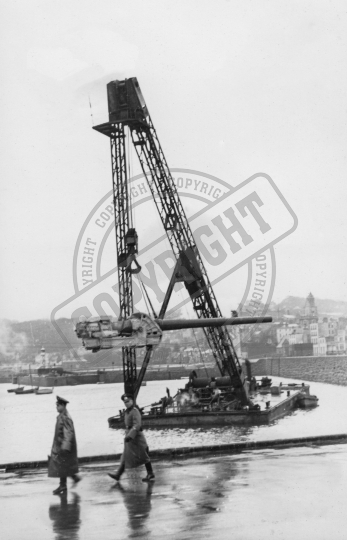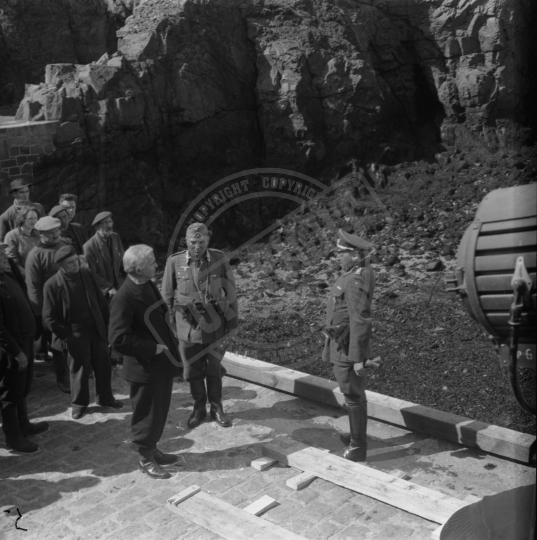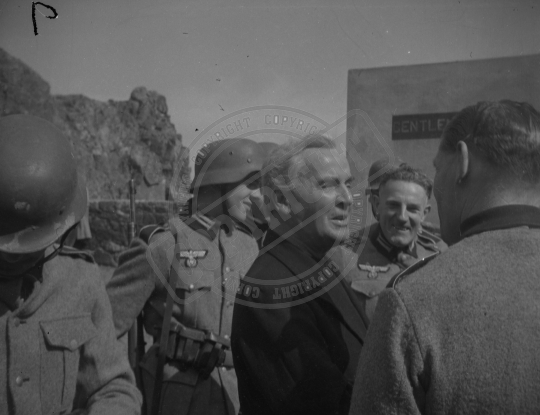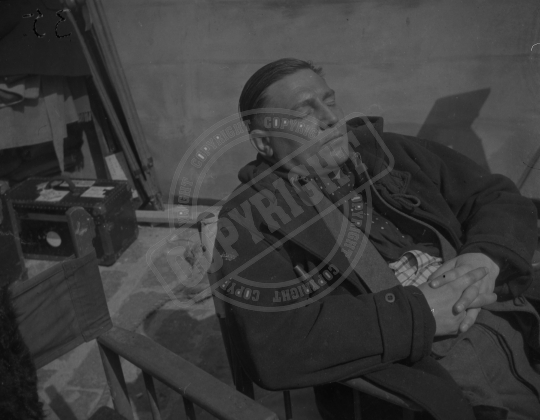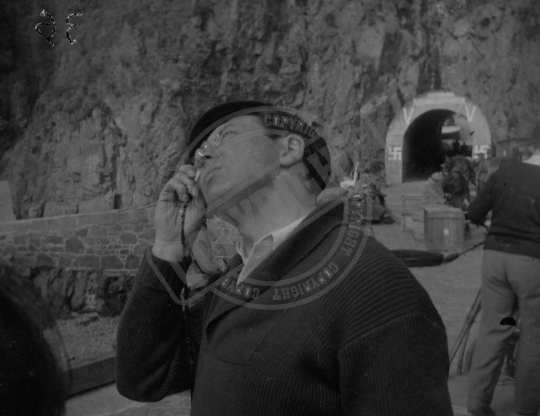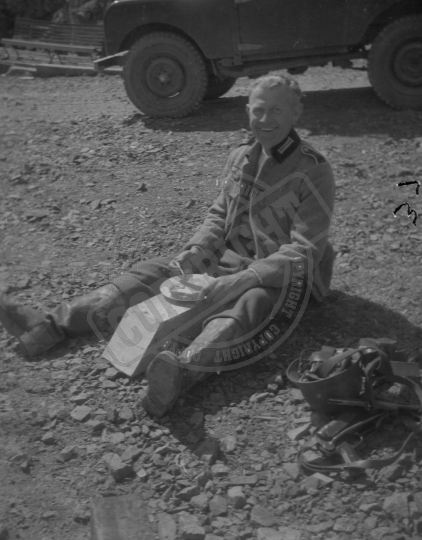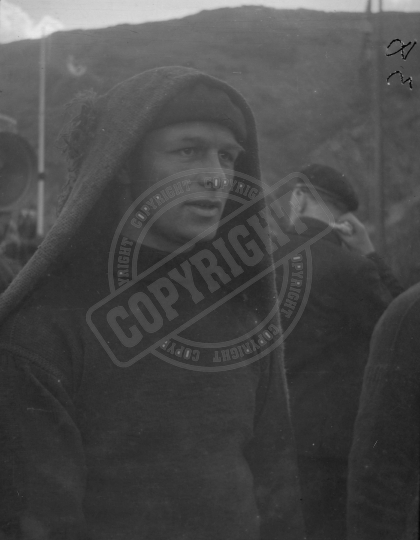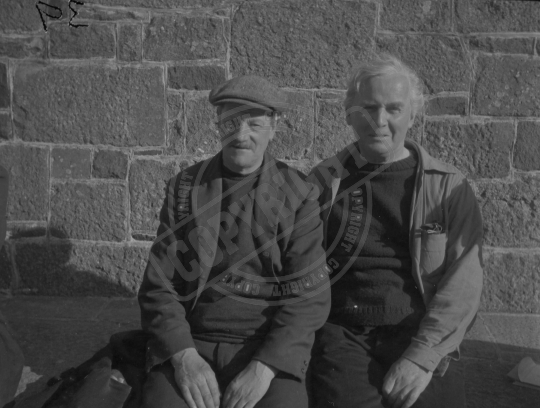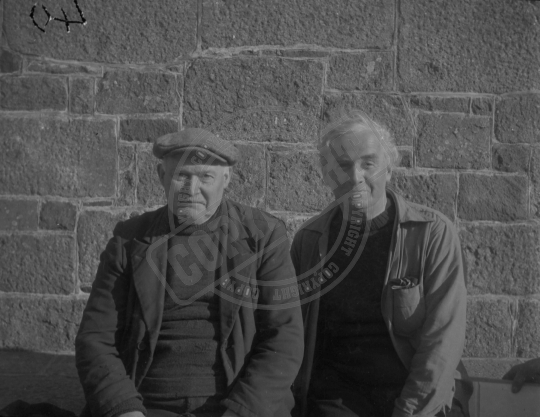Results (247)
TPL_00336
St Saviour`s tunnel which is featured in many publications as 'The tunnel under the church’ is one of the largest German tunnel complexes in Guernsey. This tunnel was originally constructed as a ration store and in 1944 it was converted into a munitions store. On 9th May 1969 Richard Heaume and John Hayes explored the remains of the tunnel and its contents which had captured the interest of many collectors ever since the scrap men had left in the 1950’s.
TPL_00334
St Saviour`s tunnel which is featured in many publications as 'The tunnel under the church’ is one of the largest German tunnel complexes in Guernsey. This tunnel was originally constructed as a ration store and in 1944 it was converted into a munitions store. On 9th May 1969 Richard Heaume and John Hayes explored the remains of the tunnel and its contents which had captured the interest of many collectors ever since the scrap men had left in the 1950’s.
TPL_00333
St Saviour`s tunnel which is featured in many publications as 'The tunnel under the church’ is one of the largest German tunnel complexes in Guernsey. This tunnel was originally constructed as a ration store and in 1944 it was converted into a munitions store. On 9th May 1969 Richard Heaume and John Hayes explored the remains of the tunnel and its contents which had captured the interest of many collectors ever since the scrap men had left in the 1950’s.
TPL_00332
St Saviour`s tunnel which is featured in many publications as 'The tunnel under the church’ is one of the largest German tunnel complexes in Guernsey. This tunnel was originally constructed as a ration store and in 1944 it was converted into a munitions store. On 9th May 1969 Richard Heaume and John Hayes explored the remains of the tunnel and its contents which had captured the interest of many collectors ever since the scrap men had left in the 1950’s.
TPL_00330
St Saviour`s tunnel which is featured in many publications as 'The tunnel under the church’ is one of the largest German tunnel complexes in Guernsey. This tunnel was originally constructed as a ration store and in 1944 it was converted into a munitions store. On 9th May 1969 Richard Heaume and John Hayes explored the remains of the tunnel and its contents which had captured the interest of many collectors ever since the scrap men had left in the 1950’s.
TPL_00156
Post war photograph inside the large tunnel complex known as the German Underground Hospital in St Andrews showing the layout of the wards.
TPL_00154
Post war photograph inside the large tunnel complex known as the German Underground Hospital in St Andrews showing the unlined section of the tunnel.
TPL_00152
Post war photograph inside the large tunnel complex known as the German Underground Hospital in St Andrews. The stove and heating equipment can be seen.
TPL_00151
Post war photograph inside the large tunnel complex known as the German Underground Hospital in St Andrews.
TPL_00150
Post war photograph inside the large tunnel complex known as the German Underground Hospital in St Andrews.
TPL_00148
Post war photograph of the tunnel entrance to HO.7/40 better known as the German Underground Hospital in St Andrews.
SP_0012
During the Occupation the German forces excavated numerous tunnels in Guernsey, these were used for various purposes and many still survive today. This tunnel known as 'the tunnel under the church’ has some original equipment remaining. Note the base of the Würzburg radar on the left of the brick entrance.
SP_0010
During the Occupation the German forces excavated numerous tunnels in Guernsey, these were used for various purposes and many still survive today. Here we see a surviving concrete lined chamber within one of the larger tunnel complexes with various limbers and field kitchens still in place today.
SP_0009
During the Occupation the German forces excavated numerous tunnels in Guernsey, these were used for various purposes and many still survive today. Shown here is the southern end of the main gallery with a half track body section in the foreground. The tunnel on the left leads to the central entrance of the complex and the right to the storage area where may limbers and field kitchens survive.
TPL_00142
Post war photograph of naval direction finding tower MP1 at Chouet which fell into the quarry in 1991.
TPL_00140
Post war photograph of naval direction finding tower MP1 at Chouet which fell into the quarry in 1991.
OA_066
Marinepeilständen und Messtellen (Naval Coastal Artillery Direction and Range-finding Positions). Post–war view of MP 3 at Les Landes, St Ouen, Jersey, covered the sea passage between Jersey and Guernsey. This tower had Gema Seetakt radar apparatus installed that was officially named Funkmessortungsgerät West (Radio Signalling Apparatus or FuMo West).
TPL_00082
German Freya radar installation near the entrance to Fort George, St Peter Port manned by the Luftwaffe.
TPL_00379
The arrival of a 22cm gun battery at the White Rock, St Peter Port ready for transportation to the gun site. The guns could be disassembled into several lighter loads to facilitate movement if heavy tractors were unavailable. Note the anti-landing poles on the granite wall to prevent enemy landings.
TPL_00134
Post war photograph showing several structures of Batterie Steinbruch prior to their removal during the quarry expansion at Les Vardes, St Sampson.
TPL_00125
Sudetenland 1942 is inscribed in the concrete at Batterie Scharnhorst which was home to four 15cm K18 artillery pieces capable of firing a shell 24.8Km. The guns were transferred to Jersey in 1944.
SP_0027
Inside the command post of Batterie Elefant, Bailiffs Cross Road, St Andrew, Guernsey where plotting information is collated then communicated to the gun positions for aiming and firing. This was situated in close proximity to the 'Paper House’ and the observation tower.
SP_0026
Inside the fire control and observation tower of Batterie Elefant, St Andrew, Guernsey. Here we see the gun control and range-taking staff at work. The tower was adjacent to the 'Paper House’. Note the range board in the background and the camouflage draped over the wooden structure.
SP_0025
This distinctive building was known as the 'Paper House’ and was constructed of lightweight materials resembling paper. The building was situated on a vinery at Bailiffs Cross Road, St Andrew, Guernsey which formed part of Batterie Elefant. The Germans built a fire control and observation tower alongside the building which was draped in camouflage. The 'Paper House’ was demolished in 1978.
SP_0023
Four Germans from Batterie Elefant approach the house known as La Jaoniere at Bailiffs Cross, St Andrew, Guernsey. The house was one of many used by members of the artillery battery during the occupation in the vicinity.
SP_0021
Batterie Elefant situated at Bailiffs Cross Road, St Andrew, Guernsey consisted of three 21cm Morser 18 guns with a range of 16.7km. This was a medium howitzer that had the ability to fire at high angles of elevation. The three guns were mounted on open platforms. Here, the battery commander poses for a photograph alongside one of his guns. Note he is wearing the ribbon of the 1914 Iron Cross, 2nd Class in his second buttonhole, which he won in World War 1.
TPL_00087
Post war photograph of Brehon Tower which housed two 2cm Flakvierling anti-aircraft guns on the roof, each weapon comprised of four barrels per gun. The tower also housed a 10.5cm K331(f) gun facing north.
TPL_00103
Batterie Mirus, the largest installation in the Channel Islands housed four 30.5cm naval guns, this example shows that the Germans camouflaged the structure to look like a cottage.
TPL_00102
Muzzle section of the 30.5cm Mirus gun barrel now on display at the German Occupation Museum.
TPL_00098
The open breach of the 30.5cm K14(r) gun at Batterie Mirus which was the largest German naval installation in the Channel Islands.
TPL_00096
The open breach of the 30.5cm K14(r) gun at Batterie Mirus which was the largest German naval installation in the Channel Islands.
TPL_00095
The open breach of the 30.5cm K14(r) gun at Batterie Mirus which was the largest German naval installation in the Channel Islands.
CIMM_0022
The floating crane Antee lifts the huge barrel of Batterie Mirus at the Cambridge berth in St Peter Port. Batterie Mirus was the largest German installation in the Channel Islands and housed four 30.5cm naval guns.
TPL_00035
Filming of 'Appointment with Venus’ on the Channel Island of Sark. The plot is set during the outbreak of WWII when the Ministry of Agriculture and the War Office join forces to launch a daring mission to rescue a highly lucrative pedigree cow, Venus, from the German-occupied Channel Island of Armorel. English Army Major Valentine Moreland (David Niven), his A.T.S. assistant Nicola Fallaize (Glynis Johns), radio operator Forbes (Patric Doonan) and ship’s pilot Trawler Langley (Noel Purcell) are dispatched to the small island to rescue Venus. Problems arise when the German commander on Armorel, Weiss (George Coulouris), also discovers the cow’s value and intends to evacuate Venus back to Germany. The film went on general release in 1951.
TPL_00077
Filming of 'Appointment with Venus’ on the Channel Island of Sark. The plot is set during the outbreak of WWII when the Ministry of Agriculture and the War Office join forces to launch a daring mission to rescue a highly lucrative pedigree cow, Venus, from the German-occupied Channel Island of Armorel. English Army Major Valentine Moreland (David Niven), his A.T.S. assistant Nicola Fallaize (Glynis Johns), radio operator Forbes (Patric Doonan) and ship’s pilot Trawler Langley (Noel Purcell) are dispatched to the small island to rescue Venus. Problems arise when the German commander on Armorel, Weiss (George Coulouris), also discovers the cow’s value and intends to evacuate Venus back to Germany. The film went on general release in 1951.
TPL_00076
Filming of 'Appointment with Venus’ on the Channel Island of Sark. The plot is set during the outbreak of WWII when the Ministry of Agriculture and the War Office join forces to launch a daring mission to rescue a highly lucrative pedigree cow, Venus, from the German-occupied Channel Island of Armorel. English Army Major Valentine Moreland (David Niven), his A.T.S. assistant Nicola Fallaize (Glynis Johns), radio operator Forbes (Patric Doonan) and ship’s pilot Trawler Langley (Noel Purcell) are dispatched to the small island to rescue Venus. Problems arise when the German commander on Armorel, Weiss (George Coulouris), also discovers the cow’s value and intends to evacuate Venus back to Germany. The film went on general release in 1951.
TPL_00075
Filming of 'Appointment with Venus’ on the Channel Island of Sark. The plot is set during the outbreak of WWII when the Ministry of Agriculture and the War Office join forces to launch a daring mission to rescue a highly lucrative pedigree cow, Venus, from the German-occupied Channel Island of Armorel. English Army Major Valentine Moreland (David Niven), his A.T.S. assistant Nicola Fallaize (Glynis Johns), radio operator Forbes (Patric Doonan) and ship’s pilot Trawler Langley (Noel Purcell) are dispatched to the small island to rescue Venus. Problems arise when the German commander on Armorel, Weiss (George Coulouris), also discovers the cow’s value and intends to evacuate Venus back to Germany. The film went on general release in 1951.
TPL_00074
Filming of 'Appointment with Venus’ on the Channel Island of Sark. The plot is set during the outbreak of WWII when the Ministry of Agriculture and the War Office join forces to launch a daring mission to rescue a highly lucrative pedigree cow, Venus, from the German-occupied Channel Island of Armorel. English Army Major Valentine Moreland (David Niven), his A.T.S. assistant Nicola Fallaize (Glynis Johns), radio operator Forbes (Patric Doonan) and ship’s pilot Trawler Langley (Noel Purcell) are dispatched to the small island to rescue Venus. Problems arise when the German commander on Armorel, Weiss (George Coulouris), also discovers the cow’s value and intends to evacuate Venus back to Germany. The film went on general release in 1951.
TPL_00073
Filming of 'Appointment with Venus’ on the Channel Island of Sark. The plot is set during the outbreak of WWII when the Ministry of Agriculture and the War Office join forces to launch a daring mission to rescue a highly lucrative pedigree cow, Venus, from the German-occupied Channel Island of Armorel. English Army Major Valentine Moreland (David Niven), his A.T.S. assistant Nicola Fallaize (Glynis Johns), radio operator Forbes (Patric Doonan) and ship’s pilot Trawler Langley (Noel Purcell) are dispatched to the small island to rescue Venus. Problems arise when the German commander on Armorel, Weiss (George Coulouris), also discovers the cow’s value and intends to evacuate Venus back to Germany. The film went on general release in 1951.
TPL_00072
Filming of 'Appointment with Venus’ on the Channel Island of Sark. The plot is set during the outbreak of WWII when the Ministry of Agriculture and the War Office join forces to launch a daring mission to rescue a highly lucrative pedigree cow, Venus, from the German-occupied Channel Island of Armorel. English Army Major Valentine Moreland (David Niven), his A.T.S. assistant Nicola Fallaize (Glynis Johns), radio operator Forbes (Patric Doonan) and ship’s pilot Trawler Langley (Noel Purcell) are dispatched to the small island to rescue Venus. Problems arise when the German commander on Armorel, Weiss (George Coulouris), also discovers the cow’s value and intends to evacuate Venus back to Germany. The film went on general release in 1951.
TPL_00071
Filming of 'Appointment with Venus’ on the Channel Island of Sark. The plot is set during the outbreak of WWII when the Ministry of Agriculture and the War Office join forces to launch a daring mission to rescue a highly lucrative pedigree cow, Venus, from the German-occupied Channel Island of Armorel. English Army Major Valentine Moreland (David Niven), his A.T.S. assistant Nicola Fallaize (Glynis Johns), radio operator Forbes (Patric Doonan) and ship’s pilot Trawler Langley (Noel Purcell) are dispatched to the small island to rescue Venus. Problems arise when the German commander on Armorel, Weiss (George Coulouris), also discovers the cow’s value and intends to evacuate Venus back to Germany. The film went on general release in 1951.



